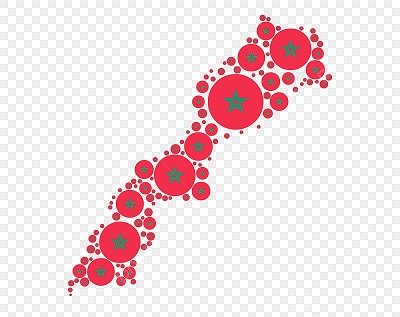Moroccan sports have long been a source of national pride, producing world-class champions in various disciplines, from athletics to combat sports and team sports. However, this sporting momentum is hindered by organizational and administrative issues that raise critical questions about the sustainability of achievements, infrastructure development, and young talent investment.
Is Moroccan sports truly on the path to professionalism and sustainability? What are the key challenges ahead?
Moroccan Champions on the Global Stage: Success Despite Obstacles
In recent years, Moroccan athletes have shone internationally. In combat sports, Tarik Khbabez won the “Glory” title, an unprecedented achievement, while Mostafa Lakhsem and others excelled in kickboxing. In athletics, Moroccan performances remain noteworthy, though less dominant compared to the era of Saïd Aouita and Hicham El Guerrouj.
However, a crucial question remains: Are these achievements the result of individual efforts, or do they stem from an effective sports policy?
Sports Management: Structural Crisis or Lack of Strategy?
One of the biggest challenges in Moroccan sports is the lack of a clear strategic vision. Many Moroccan champions complain about the lack of official support, often forcing them to seek opportunities abroad. Despite the presence of sports federations and governing bodies, their lack of coordination raises doubts about their effectiveness.
- Why are there no structured programs to recruit young talents from underprivileged areas?
- Are sports federations investing as much in athlete development as they do in organizing large events?
A Real-Life Example: The Jamal Soussi Case
A striking example of the challenges Moroccan sports face is the case of Jamal Soussi, a writer, journalist, and sports advocate who paid the price for attempting to establish a new sports framework in the country. He founded the Royal Moroccan Federation for Brazilian Jiu-Jitsu and Mixed Martial Arts, sports that are rapidly gaining popularity among Moroccan youth and even rivaling football in terms of fan engagement. However, jealousy and personal interests among some officials hindered this ambitious project, preventing Morocco from fully tapping into its potential in these disciplines. How can Moroccan sports progress if the main obstacles come from within?
Sports Infrastructure: Slow Development Amid Rising Demand
Morocco has improved its sports infrastructure with modern stadiums like those in Tangier and Agadir. However, many regions still lack proper training centers and accessible facilities, hindering the development of young athletes and making sports professionalization a challenge.
Sports Funding and Investment: Where is the Problem?
Despite increasing public and private investments, the financial management of Moroccan sports remains opaque. What are the real impacts of the allocated budgets on different disciplines? Does the current funding model support balanced sports growth in Morocco?
Both translations maintain the depth and analytical tone of the original Arabic article while ensuring clarity and readability in each language. Let me know if you need any refinements!



